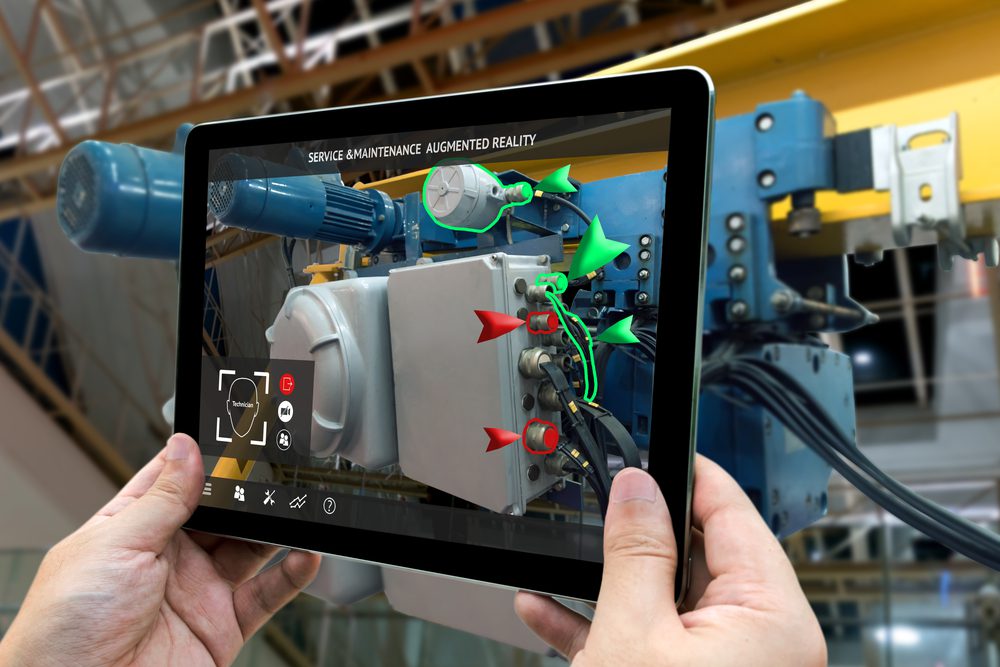Experiential learning is the term used to describe training and learning which is achieved through experience, in this case, experiences within the workplace.
This form of learning is considered ‘active’ learning, whereby the learner learns through different scenarios within the workplace and is recognised as one of the key methods of training that effectively motivates employees.
What is the experiential learning model?
The experiential learning model was set out by David Kolb, which involves a four-step approach to learning a new skill or piece of information. The process includes a continuous loop of the following steps, which allows the learner to experience something in the present, break down the parts which work and which don't, consider improvements and make another attempt using previous learnings:
- Concrete experience
- Reflective observation
- Abstract conceptualisation
- Active experimentation
The approach also requires learners to possess four key skills in order to be gain genuine knowledge from their experiences and continue to utilise the information to make improvements in the future. The learner must:
- Be willing to become actively involved in the learning experience when it is presented
- Be able to reflect critically on the experience
- Have the ability to utilise analytical skills allowing them to conceptualise the situation
- Be capable of making decisions and solving problems based on the new information they gained from the experience
How augmented reality integrates into experiential learning
Augmented reality has recently begun to creep into the ways in which we train staff and integrate technology into our learning processes in the workplace. Augmented reality, unlike VR, is highly accessible with the capability of accessing resources associated with the use of bespoke AR decides including the Google glass and Microsoft HoloLens. These devices integrate the use of a smartphone which is overall highly accessible to almost anyone within the workplace.
The integration of AR into training can offer highly-engaging learning, which allows employees to oversee simulations in real time, rather than learning the theoretical side in a traditional classroom environment. Active engagement with business simulations has been seen to boost employee engagement and motivation, moving the learning beyond passive observation and offering more valuable experiences.
Competency within the designated skill or task can also be achieved much more quickly in comparison to traditional methods, with AR providing a collaborative approach to grasping the correct way to manage certain situations.
Examples of the use of AR to boost employee awareness includes the use of this technology within experiential learning simulations within banking and construction. The use of this technology supports in removing risk by offering seemingly-real situations, without the risk of errors actually impacting the business in any way.









